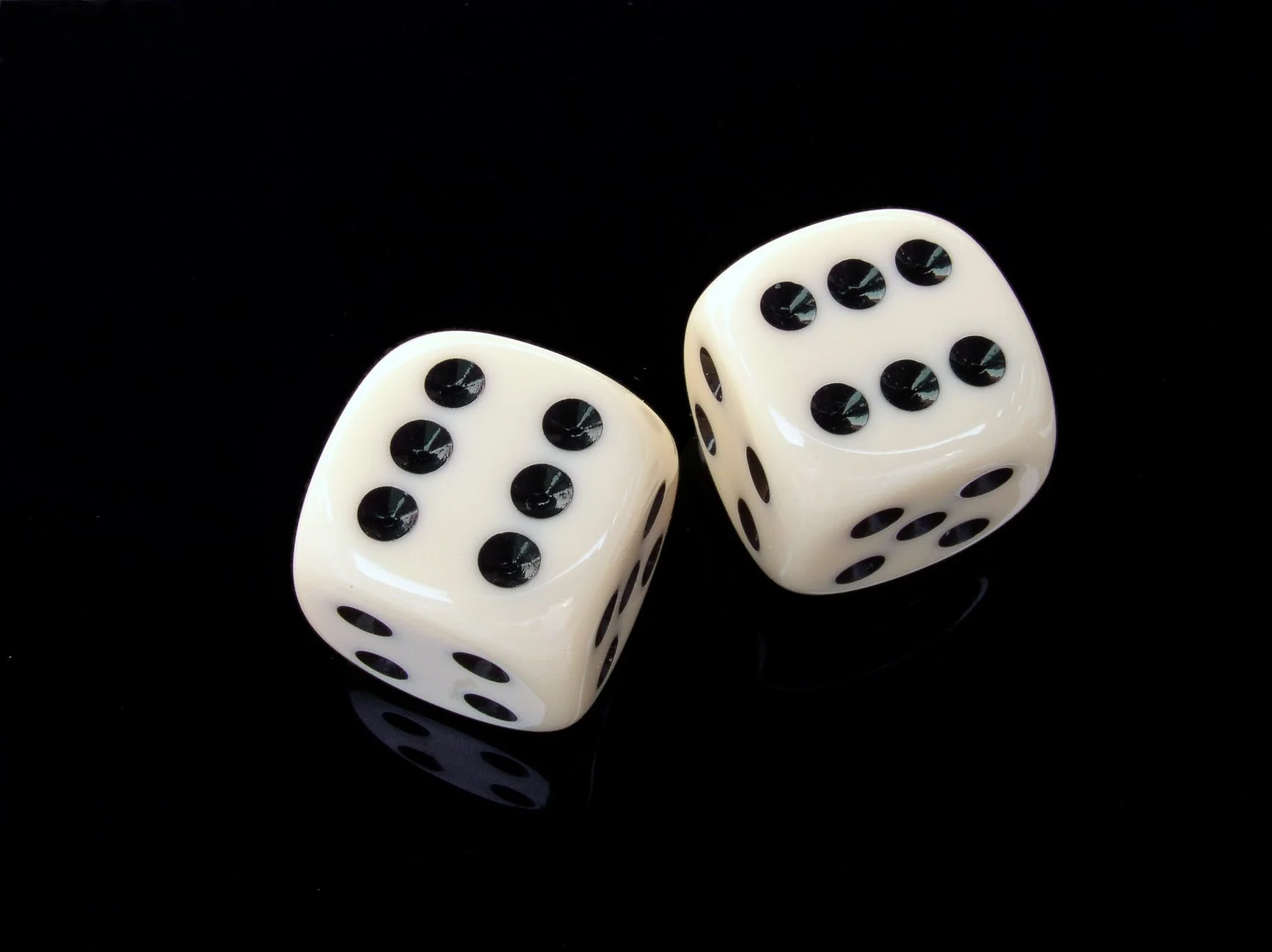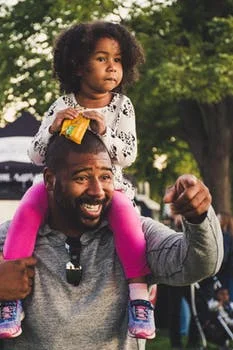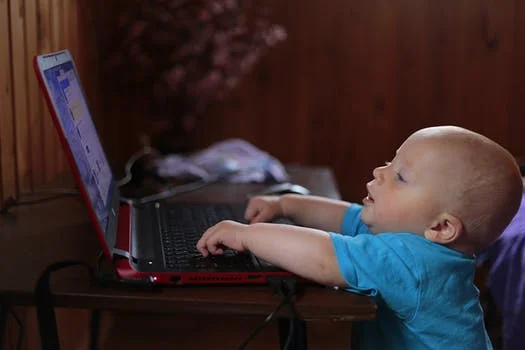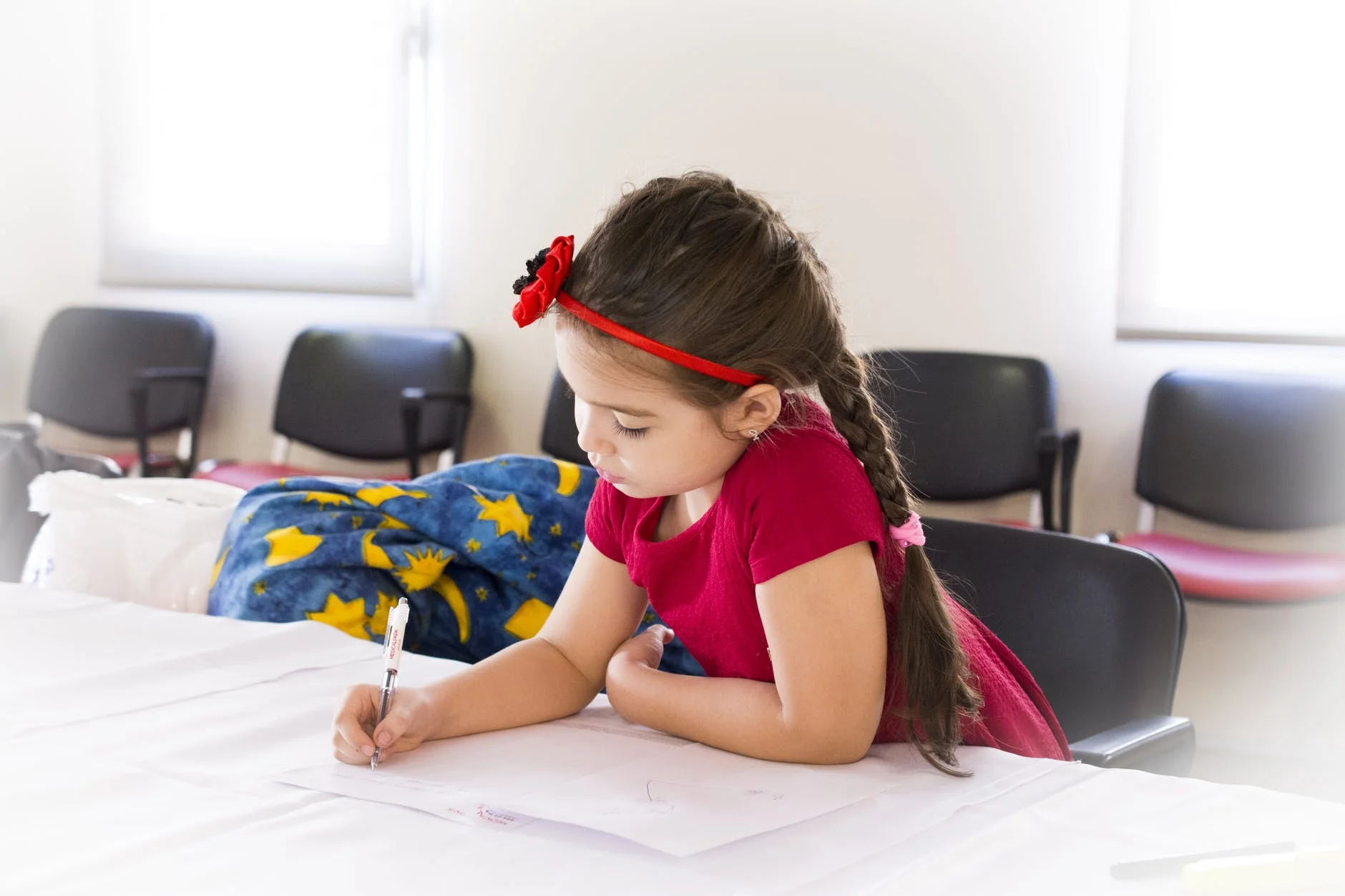10 Simple Circle Time Games For Preschool and Pre-K
1. Doggy, Doggy Who has your Bone? A child (the doggy) eaves the circle time area and covers their eyes. The teacher then hands the bone (it could be a block) to one of the children still at circle who hides it in their lap. You then bring the “doggy” back to the circle by singing “Doggy Doggy Who Has The Bone, Somebody took it from your home, wake up doggie and find your bone”. The doggy then has 3 chances to guess which child at circle time is hiding the bone. Which ever child had the bone then becomes the doggy and leaves circle and covers their eyes and the process repeats until everyone has had a turn.
2. Bug In A Rug: This is a memory game best played with a large group of children. Lay a large blanket or sheet on the floor, and have children sit around it in a circle. Instruct one child to get up and hide her eyes. Then, choose another child to crawl into the center of the blanket and hide. When the child hides, the first child then turns around. The group should recite the following verse: "Bug in the rug, bug in the rug, who's that bug in the rug?" The child will look around the group and have to determine who is missing. Once she guesses, reveal the hidden "bug." Let all of the children take a turn being the "bug" and the seeker. This a great game to build observation and memory skills in young children.
3. Estimating Jar: Each week the children will get to guess the amount of something in the estimating jar. What you put in the estimating jar can also be based upon the overall theme for the week. (I.e. put pennies in the jar during Money Week or put Marshmallows in the jar during camping week) The children look in the jar and guess how many items you have put in it. After all the children have guessed a number, the teacher and the children will count together to see how many items are in the jar. Following this, a discussion will be held as to how to go about guessing. Ask the children question such as “what if I used large coins like quarters instead of small coins like pennies in the jar but they reached the same height on the jar? Would you have more quarters then the pennies or less?” This type of questioning can be used with whatever item you end up putting in the jar
4. Flip a Coin: This is the easy way for the children to learn about charts. The teacher makes a large chart with 20 rows and 2 columns. One column is for heads and the other for tails. If you like, you can also give a piece of paper with a smaller version of the chart to each child. After each flip of the coin, the teacher the children put an X in either to heads column or the tails column. The game is the most for the children if they each get one of 2 chances to flip the coin for the game. After all the children have had their turns to flip the coin and which side the coin landed on was chronicled on the chart, the children will use the chart to count which side was landed on more at the end of the game heads or tails
5. Bowling Addition: This is a fun math activity that will get kids moving. It can be done with a large group at circle time, with small groups, or individually. The activity requires a children’s bowling set, but if one is not available it can be done with blocks and a ball. The child will roll the ball and see how many pins he or she knocks down. They will count how many pins they knock down on their first roll and write that number down. After all the pins are put back up they will roll again. They will count how many pins they knock down on their second roll and write that number down as well. After, the children must add the number of pins knocked down on their first and second rolls together to get the total number of pins that they knocked down. In addition to the addition portion of the activity, you can ask on which roll did they knock more pins down.
6. Sink or Float: Get a bucket filled with water and a group of objects. Ask the children whether they think each object will sink or float and why. Then put the objects in the water to see if they sink or float. Afterward discuss why certain objects floated and why other sank. You can also make a chart during this that lists the objects that sink on one side and the objects that float on the other.
7. Sorting Objects: Sorting objects by various characteristics such as size, shape, and color is one of the most important math concepts to be learned in the preschools years. I find sorting activities most engaging to children when they are turned into a game. In the picture above, we are participating in a “clean up sorting game.” First a big mess of objects is made on the rug such as different kinds of coins and then the children must work as a team to sort the objects into different categories. After the objects are sorted, we count how many of them there were as a group.
8. Finish The Pattern: Finish the pattern activities can be done a variety of ways. For example, you can make a finish the color pattern worksheet for small activity time or on a larger poster activity for circle. Make patterns of varying types and have the children use the crayons to finish the pattern themselves. The finish the color pattern can also be done using unfix cubes or other blocks that are more hands on for the children. Other finish the pattern style activities can be done using shapes, numbers, letters, or colors.
9. Mystery Box: Have a box that is filled with different material and cut a small hole in the box so children can put their hand in. They then have to use their sense of touch to guess what they are holding before they pull out the object out of the box to see what is in side.
10. Dice Addiction: This is pretty self-explanatory. Have the children roll 2 dice and then add the numbers together. If you can get big foam dice it works better.





